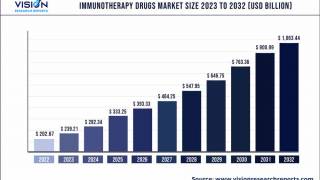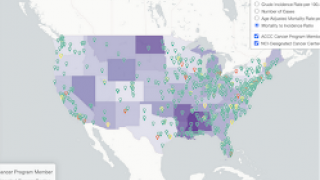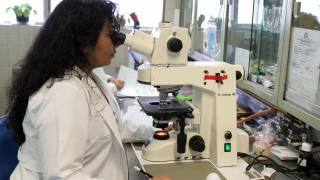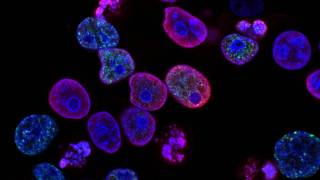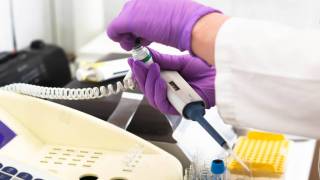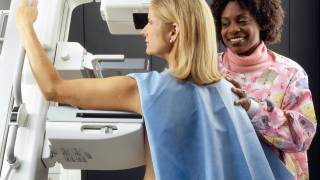How to Protect Adolescent Women From Cancer

After breast cancer, cervical cancer is the 2nd most common cancer affecting women worldwide, with 530,000 cases and 270,000 related deaths estimated every year.
Every 2 minutes, somewhere in the world, 1 woman will lose her life to cancer of the cervix.
Cervical cancer is the only cancer that is almost entirely preventable through a safe, effective vaccine and screenings, says the World Health Organization (WHO).
Across more than 80 countries, millions of girls are now able to get vaccinated against human papillomavirus (HPV).
HPV causes more years of life lost than any other form of cancer, with immeasurable human costs.
The HPV vaccine substantively reduces their risks of developing cervical cancer later in life, said the WHO in a press release.
Spread primarily through sexual transmission, HPV causes almost all cervical cancer cases, which affects young women in the height of their productive years.
The WHO recommends HPV vaccination for girls alongside screening and treatment for older women to reduce their cancer risks. The vaccine is most effective when given early in adolescence between the age of 9 and 14 years – before girls are exposed to the virus.
Building public trust is a crucial objective of immunization programmes around the world, and this is particularly true when a new vaccine is introduced.
A large body of independent research has shown the vaccine to be extremely safe and highly effective in protecting girls against the most dangerous strains of the virus.
To help combat the spread of misinformation, the WHO has helped countries develop robust public awareness activities, which aim to provide parents, young people, schools and health workers with fact-based information on HPV and cervical cancer.
Several European nations including Austria, Denmark and the Republic of Ireland have also formed a peer group to share experiences on effective communications around the lifesaving vaccine.
Such efforts can turn around declines in coverage.
As an example, in Denmark following a comprehensive national campaign, uptake in the number of girls getting vaccinated is quickly increasing. During the past year, twice as many girls had started their HPV vaccination there compared to 2016.
While many wealthier countries have well-established HPV vaccination programmes in place, a growing number of lower-income nations are preparing to roll it out nationwide.
These vaccination programs will be critical for progress since almost 9 in 10 cervical cancer deaths occur in developing nations.
The WHO and other partners are supporting health ministries to identify strategies that will help deliver the greatest possible access and uptake when it is introduced.
“Cervical cancer is one of the greatest killers of women in the world’s poorest countries - yet effective tools exist to beat the disease,” says WHO’s Assistant Director-General for Family, Women, Children, and Adolescents, Dr. Princess Nothemba Simelela.
“We must work together to reach women and girls – wherever they live in the world - with effective, high-quality prevention including vaccination and advanced screenings.”
“No woman should die from a preventable disease,” said Dr. Simelela.
For the way forward, the WHO is working in partnership with Ministries of Health, communities, Gavi, UNICEF, UNFPA and other partners to help increase availability and uptake of the vaccine for girls like Modesta, in the hope of saving many more lives to come.
In the USA, according to new data from the Centers for Disease Control and Prevention (CDC), cancer rates increased for oropharyngeal, anal and vulvar Squamous Cell Carcinomas (SCC).
But, cancer rates decreased for cervical SCC by 1.6 percent per year during 1999-2015.
This new data means the mouth and throat replaced the cervix as the most common site of cancer associated with HPV infection in the USA.
Moreover, men were found to have far more oropharyngeal cancer cases than women, according to the CDC.
HPV vaccination services are found in most pharmacies and physician offices in the USA.
To schedule a vaccination appointment, please visit this page.
And HPV vaccine discounts can be found here.
Vaccines, like any medicine, can have side effects. You are encouraged to report negative side effects of vaccines to the FDA or CDC.
Our Trust Standards: Medical Advisory Committee


